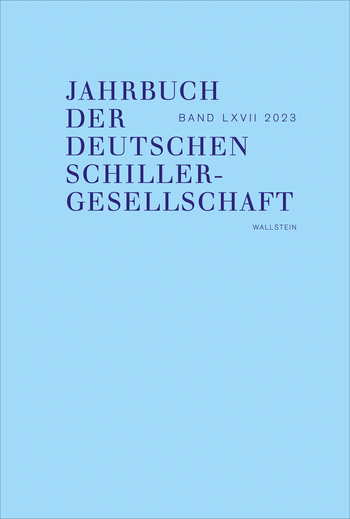

Der Beitrag fragt nach den Funktionen und textuellen Effekten der Metapher des Gespenstischen im 19. Jahrhundert. Er untersucht exemplarisch zwei Erzählungen, eine ›romantische‹ – E. T. A. Hoffmanns Das Majorat – und eine ›realistische‹ – Fontanes Schach von Wuthenow. Jeweils zeigt sich – aber in unterschiedlicher Weise –, dass die moderne Welt heimgesucht wird von überlebten Institutionen und Denkweisen, Überresten und ›Überlebseln‹ (Tylor) der Vergangenheit. Die Metapher des Gespensts kommentiert solche Phänomene im sozialen, politischen und kulturellen Leben der Gegenwart. Auch dieses ›Andere‹ aber ist ein bestimmender Teil der Moderne selbst.
The metaphor of the ghost has outlasted all critical debates since the Enlightenment about the existence and status of supernatural phenomena. It is apparently needed – but why so? This article investigates the functions and textual effects of the metaphor of the ghostly in the 19th century by examining two exemplary stories: one ›romantic‹ – E. T. A. Hoffmann’s Das Majorat – and one ›realistic‹ – Fontane’s Schach von Wuthenow. Each of them shows, however in different ways, how the modern world is haunted by antiquated institutions and mindsets, by remains and ›survivals‹ (Tylor) of the past. The metaphor of the ghost comments on such phenomena in the social, political and cultural spheres of the present. It shows that even this ›other‹ is a defining part of modernity itself.
Christian Begemann war bis 2020 Professor für Neuere deutsche Literaturwissenschaft an der LMU München.
mehr